The most common question asked on Lonely Speck answered for Canon shooters!
What is the best lens for astrophotography? The one that collects the most light.
Below is a list of the highest scoring lenses for untracked nightscape photography and astrophotography. The score is a direct representation of light gathering capabilities based on the formula:
Score = (aperture area) × (angular area) × (suggested shutter speed)
Where the shutter speed is the longest suggested shutter speed in seconds based on the “500 Rule” (500/focal length). Aperture area is the surface area calculation of the clear aperture of the lens and the angular area is the angular field of view in square radians. This score is a mathematical calculation based purely on some simple physics. It doesn’t account for other considerations like the lens’s build quality or optical aberrations but it’s a good gauge of overall light gathering capability. You can also see the complete list of scores here, complete with calculations and further explanation.
All of the lenses listed here are my personal suggestions for photographers looking to get the absolute best astrophotography results with their camera. If using the given camera mount, these are the lenses that I would use. Most of these lenses are manual focus lenses by Rokinon which also tend to be much more affordable than their autofocus Canon counterparts. Additionally, most of the Rokinon lenses are sharper and tend to exhibit less coma aberration than their Canon counterparts. If you’re willing to learn how to use manual focus, Rokinon lenses are spectacular performers.
If you would like to know more about the thoughts that went into creating this list, please read my article on how to pick a lens for Milky Way photography.
EF Mount (Full Frame and APS-C)
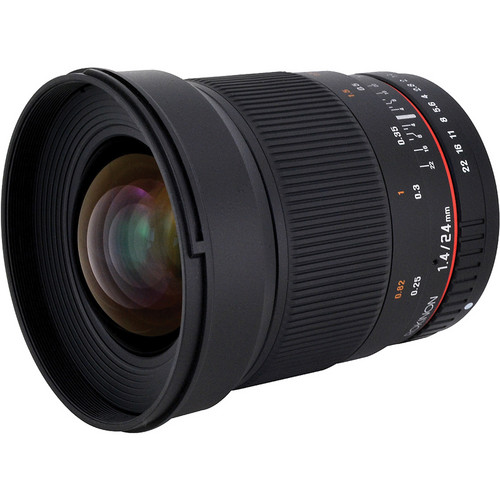
24mm/1.4: Rokinon 24mm f/1.4 ED AS UMC ( Amazon / B&H )
- The best night photography and astrophotography lens you can buy. Excellently sharp, especially when stopped to f/2. Manual focus.
- My full review of the Rokinon 24mm f/1.4
- Score: 2869
- This is my go-to lens for astrophotography on a full-frame DSLR. It’s fast, wide and shows very little aberration problems. Still my personal favorite for Canon full frame DSLRs like the 6D, 5D Mark III and 5DS/R cameras.
- Sample from the Rokinon 24mm f/1.4:
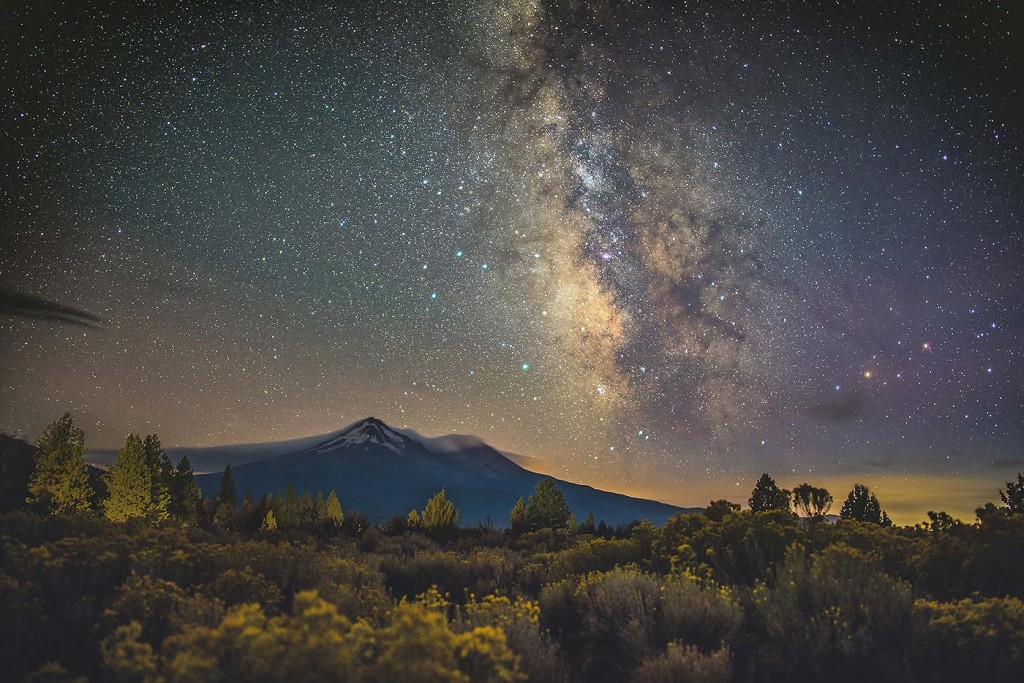
35mm/1.4: Rokinon 35mm f/1.4 US UMC ( Amazon / B&H )
or Sigma 35mm f/1.4 DG HSM Art ( Amazon / B&H )
- Standard wide angle for tighter landscapes or stitching multiple exposures into larger panoramas. Rokinon is manual focus, Sigma is autofocus.
- Score: 2084
14mm/2.8: Rokinon 14mm f/2.8 IF ED UMC ( Amazon / B&H )
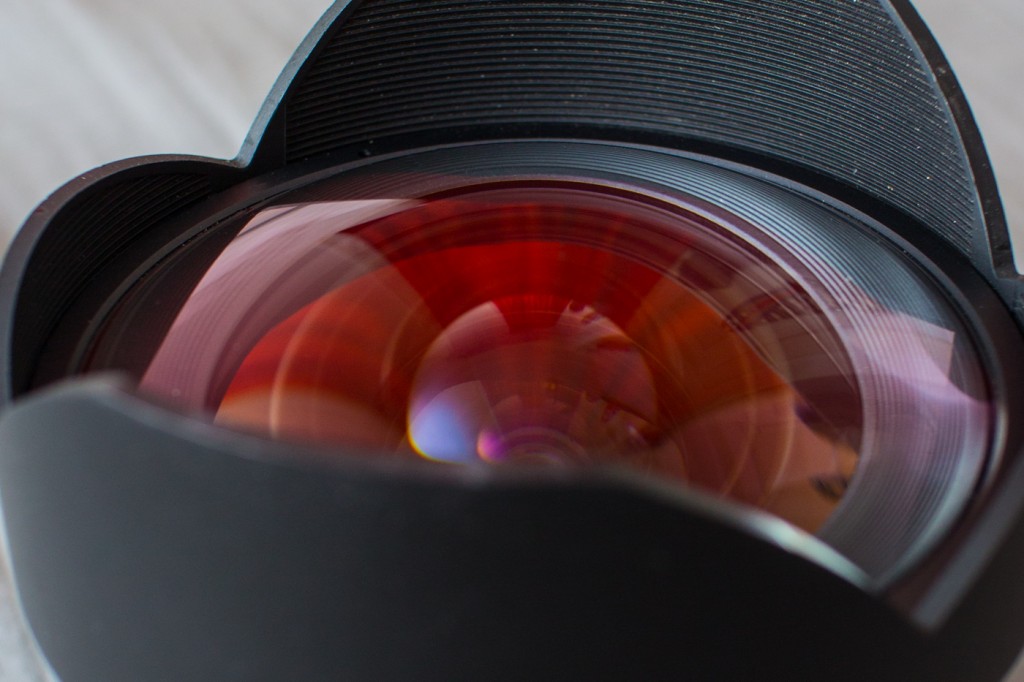
- Essential ultra-wide angle for large sweeping landscapes. Manual focus. One of the most affordable full frame nightscape lenses.
- My full review of the Rokinon 14mm f/2.8
- Score: 1032
- Sample image from the Rokinon 14mm f/2.8:
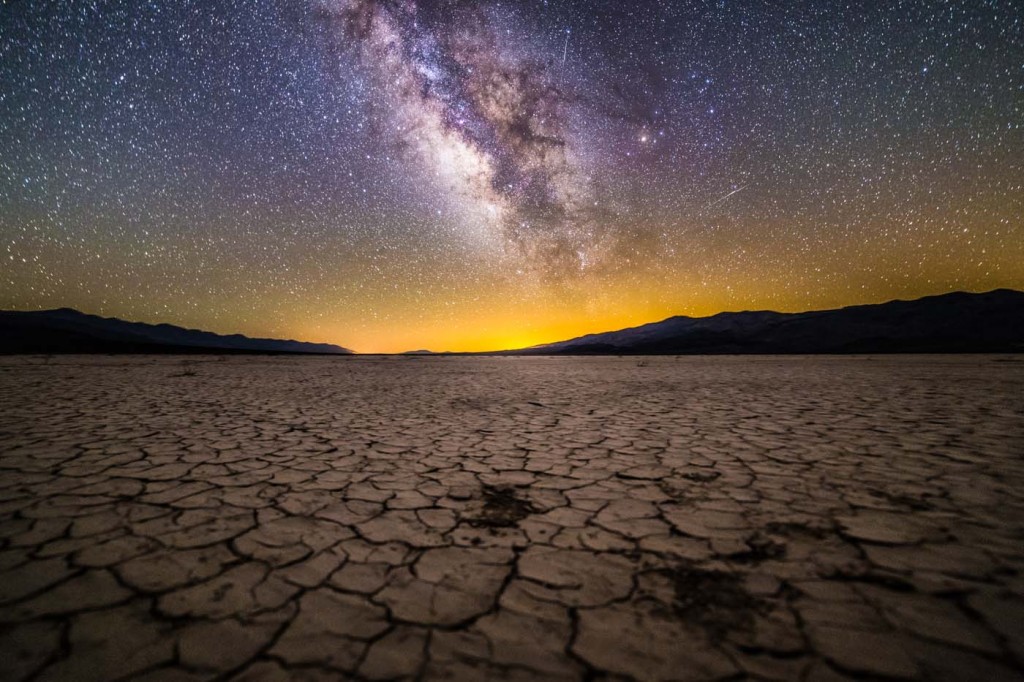
EF-S Mount (APS-C Only)
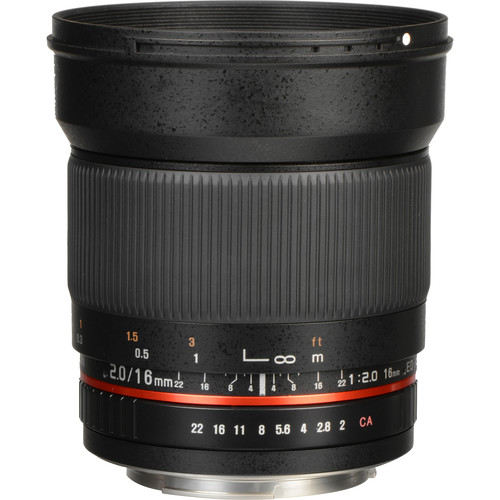
16mm/2.0: Rokinon 16mm f/2.0 ED AS UMC CS ( Amazon / B&H )
- The best combination of wide angle and large aperture. Manual focus.
- Score: 1875
10mm/2.8: Rokinon 10mm f/2.8 ED AS NCS CS ( B&H )
- APS-C alternative to the Rokinon 14mm/2.8. Excellent for ultra-wide angle landscapes. Manual focus.
- Score: 1184
11mm/2.8: Tokina 11-16 f/2.8 AT-X PRO DX II ( Amazon / B&H )
- Covers the same range as the two previous lenses combined. Excellent super wide angle zoom with autofocus.
- Score: 1149 (at 11mm)
EF-M Mount (APS-C Mirrorless)
12mm/2.0: Rokinon 12mm f/2.0 NCS CS ( Amazon / B&H )
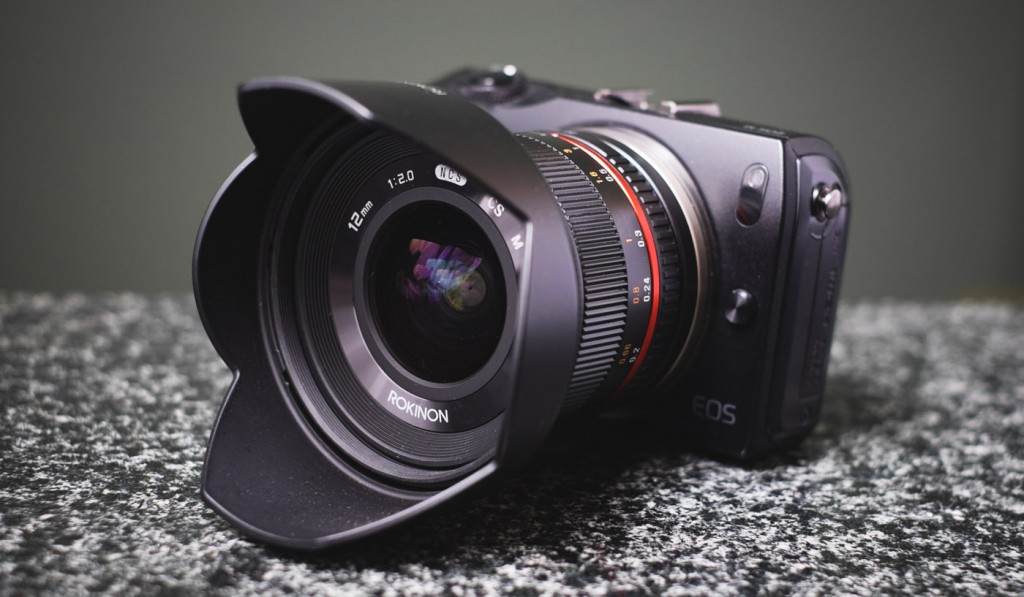
- Best lens for astrophotography on a mirrorless system. Nice and compact, best combination of super-wide field of view and large aperture.
- Score: 2176
- Sample image from the Rokinon 12mm f/2:
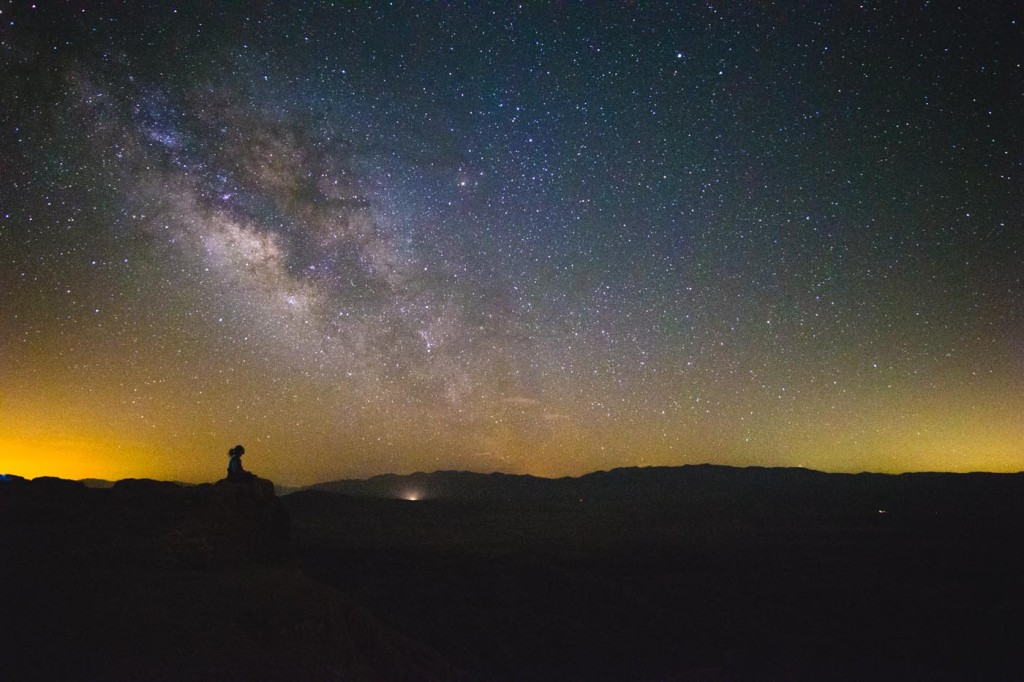
22mm/2.0: Canon EF-M 22mm f/2.0 STM ( Amazon / B&H )

- Surprisingly sharp and extremely compact lens. Also very cheap. Standard wide angle view makes it good for panorama stitches.
- Score: 1505
- Sample image from the Canon EF-M 22mm f/2 STM:
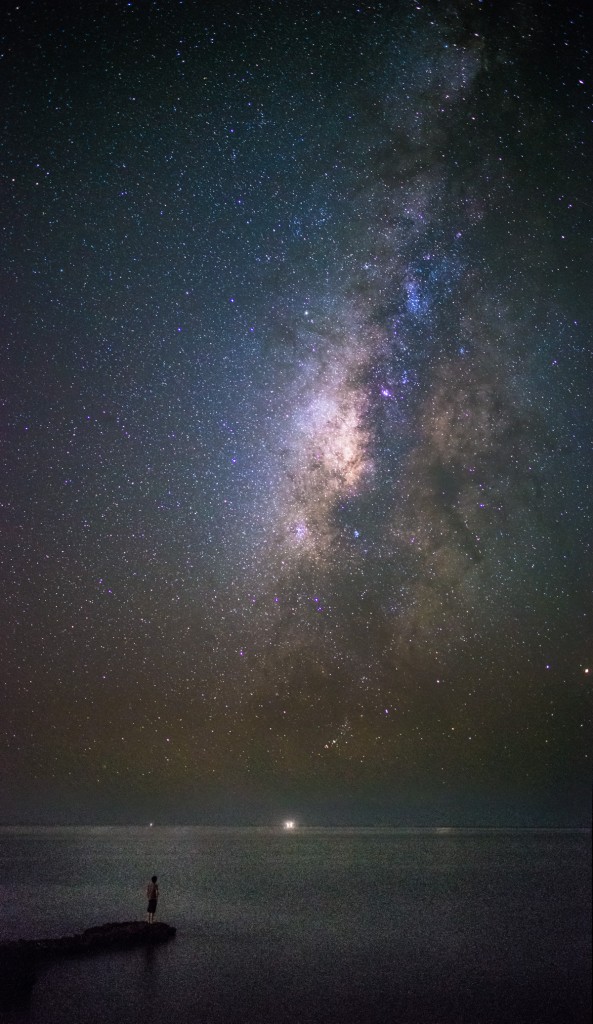
8mm/2.8: Rokinon 8mm/2.8 Fisheye II ( Amazon / B&H )
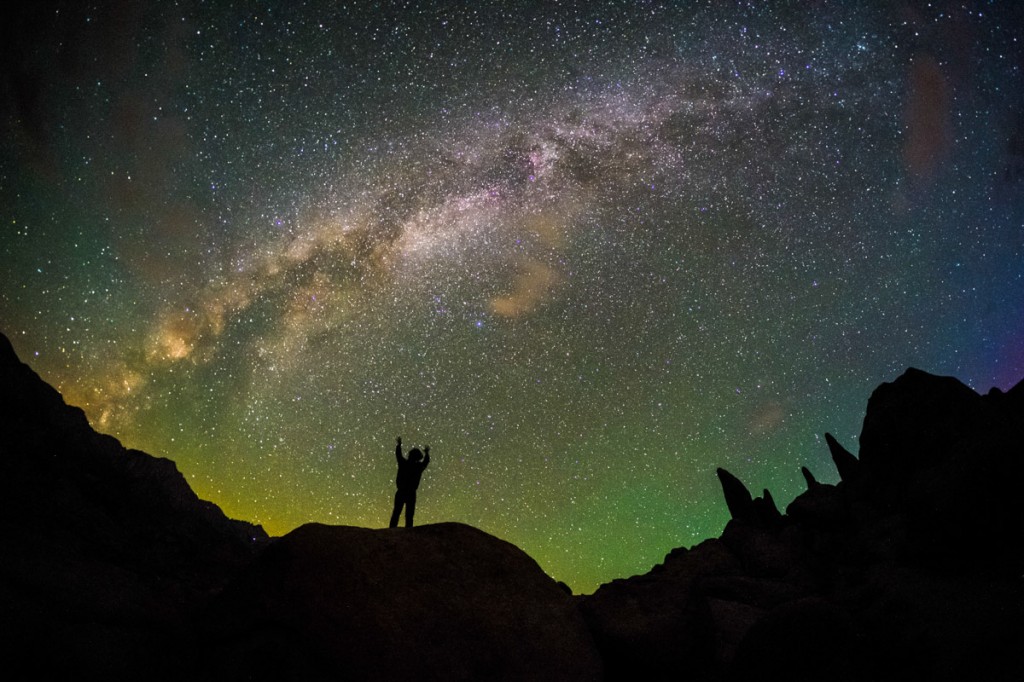
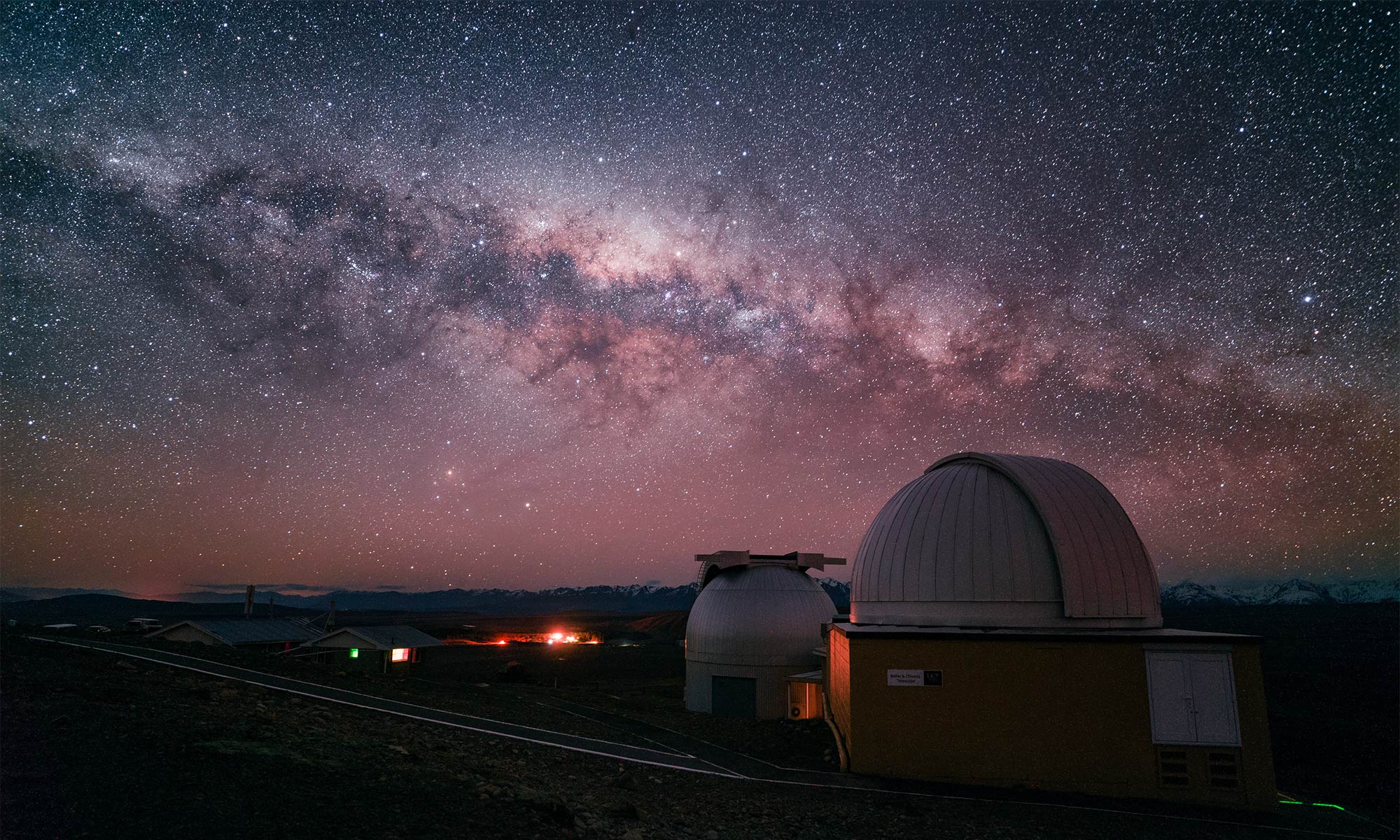
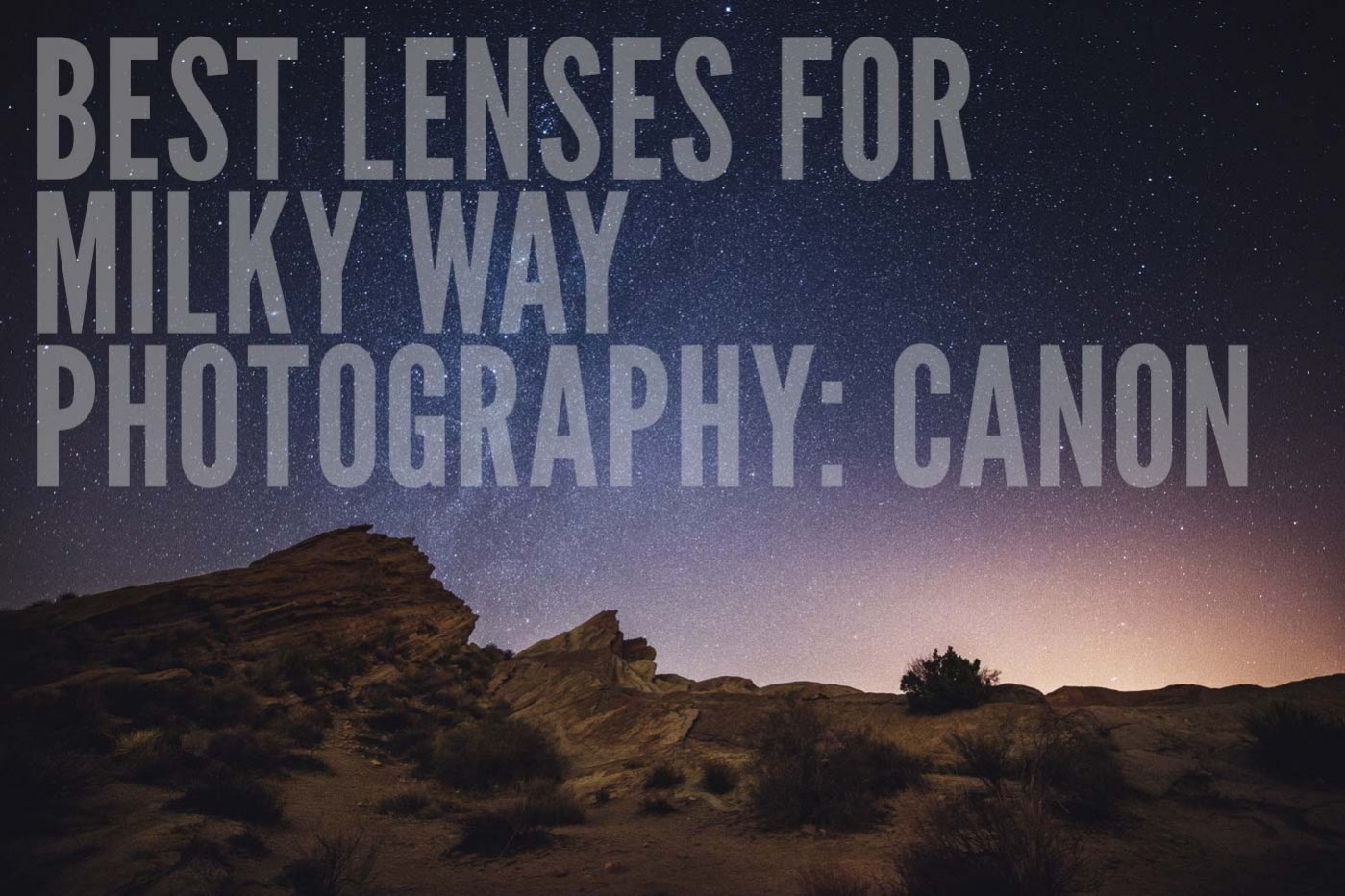
Hi how do you rate the Sigma 12-24mm F4.5-5.6 or Tokina AT-X 16-28mm on a Canon 6D? I am only learning photography and would prefer an all round lens vs the Samyang 14mm.
I love the Sigma 12-24/4.5-5.6 but it’s rather slow which usually makes it a poor choice for astrophotography unless you’re OK with some noisier results. I have no personal experience with the Tokina 16-28mm/2.8 but I have heard realtively positive feedback about the lens and it’s got a fast f/2.8 aperture so it should be well suited for night photography.
Hey!
I am currently using a Nikon D810 and I picked up a Tokina 16-28mm f2.8. What are your thoughts on this lens for astrophotography and nightscapes? Would love to hear what you think!!
Thanks so much,
Jonathan
Should be a great setup!
Hi,
I currently have a cannon 60D body and tossing up buying a Samyang 12mm f2.0 Lens or a Rokinon 24mm F/1.4 Lens.
Comparing these two, which one would be better use?
The Samyang/Rokinon 12mm/2.0 won’t work on a DSLR like the 60D. It’s made for APS-C mirrorless cameras only like the Sony a6000, Canon EOS M, Fujifilm X-T1, etc.
Which would be the better option of two:
-10mm 2.8 Samyang on APS-C
-14mm 2.8 Samyang on FF
I’ve got some advice, the 14mm(FF) will make more trails on the edges than 10mm(APS-C) because of front lens distortion. What do you think?
Thanks for advice, and helpful article above!
The 14mm/2.8 on FF will be better because it has a larger aperture (14/2.8=5 10/2.8=3.57) so for any given exposure length it will collect approximately 2x more total light.
Hi there,
I was wondering if you could help me?…
I have a Canon 550D and I’m trying to decide which best wide angled lens to go for. I’m getting myself all confused. Any help would be gratefully received 🙂
Thank you for sharing the technical details and your conclusions in a manner easy to understand for an average person. I was wondering if you’ve had a chance to consider the suitability of the new Sigma 18-35 f 1.8 for astrophotography? I’m guessing it would be around the Rokinon 16mm F 2.0 but couldn’t really work out just how close. Any thoughts you might have could really help me, and perhaps others, decide whether it’s worth considering the Sigma if night photography is an interest.
Spectacular lens for astrophotography and arguably one of the best standard zooms ever made for APS-C DSLRs. I would prefer the Sigma to the Rokinon any day.